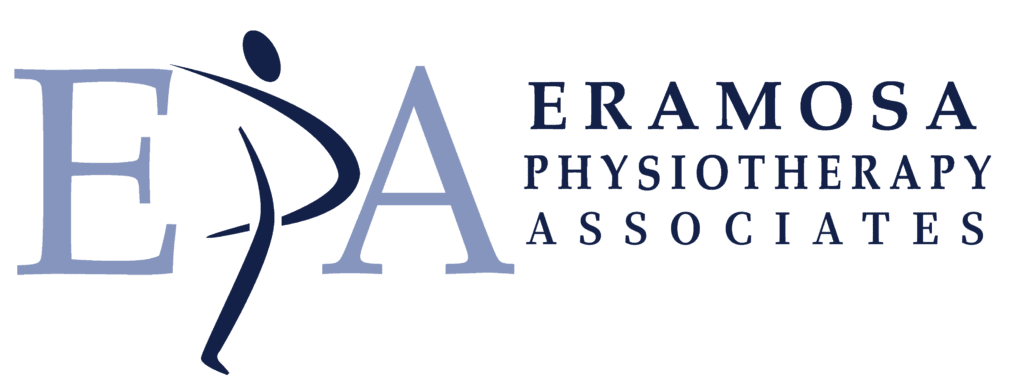
What is vestibular rehabilitation?
Vestibular rehabilitation is a movement assisted and exercise-based program, designed by a specialty-trained vestibular physiotherapists, to improve balance and reduce problems related to dizziness
Dizziness can be described as:
- Feelings of unsteadiness
- Wooziness (swimming feeling in head)
- Light-headedness
- Feeling of passing out
- Sensations of moving
- Spinning
- Floating
- Swaying
- Tilting
- Whirling (sensations known as vertigo)
These feelings or sensations can occur when you are standing still, lying down or changing positions. The symptoms can be constant or episodic in nature, only lasting seconds, minutes or hours
Our Registered Physiotherapists will conduct an in-depth to determine the cause of symptoms, and develop a safe and an individualized treatment program. Treatment techniques may include: maneuvers to correct the location of crystals within the inner ear, specific exercises to help the brain eliminate symptoms provoked by movement, vision therapy to improve the ability of the eyes to focus while the head is moving, and balance training.
What is BPPV (Benign Positional Paroxysmal Vertigo)?
BPPV is characterized by positional vertigo, the sensation of rotational dizziness from changes in head or body position1. Clinically, those affected report sensations of vertigo when extending or turning their head, rolling in bed and getting up or lying down 2. Feelings of unsteadiness and loss of confidence while walking are common with BPPV2 The incidence of BPPV is 0.6% per year, with a lifetime prevalence of 2.4 % and is the most common diagnosis of vertigo 2. Posterior semicircular canal involvement is by far the most common form compared to anterior (ASCC) and horizontal (HSSC) BPPV2. The most common age of onset is between 60 and 70 years old, making the elderly population the highest at risk group2. BPPV occurs due to dysfunction within the inner ear. The structures in the inner ear responsible for balance are the semicircular canals and the vestibule. The canals are right angled to one another so head movements can be detected in all directions. The canals are filled with a fluid called the endolymph. Within each canal is the cupula, a structure that contains the hair cells and stereocilia. They detect endolymph movement, caused by changes in head position. The vestibule detects head movement in relation to gravity and linear accelerations. It does this with the help of the otoliths, a protein and calcium carbonate structure, imbedded in a gel that simulate hair cells in response to gravity and accelerations. The two accepted mechanisms of BPPV are cupulolithiasis and canalithiasis.Cupulolithiasis
Detached crystals from the otolith and becomes abnormally attached to the cupula, making this canal sensitive to the acceleration of gravity, creating the symptoms of BPPV2, 3.
Canalithiasis
The debris from the otolith are free floating in the endolymph and create a pressure gradient in the semicircular canal that abnormally stimulates the hair cells leading to the symptoms of BPPV2,3.
- Gananca F.F, Gananca C.F, Caovilla H.H, Ganaca M.M, Albernaz P.L. Active head rotation in benign positional paroxysmal vertigo. Braz J Otorhinolaryngol. 2009;75(4):586-92.
- Perez P, Franco V, Cuesta P, Aldama p, Alvarez M.J et al. Recurrence of Benign Paroxysmal Positional Vertigo. Otology & Neurotology. 2012;33:437-443.
- Angeli S.I, Hawley R, Gomez O. Systematic approach to benign paroxysmal positional vertigo in the elderly. Otolaryngol Head Neck Surg 2003;128:719-25.
Interested in Specialized Exercise Therapy?
Exercise therapy is a regimen or plan of physical activities designed and prescribed for specific therapeutic goals. Its purpose is to restore normal musculoskeletal function or to reduce pain caused by diseases or injuries.


